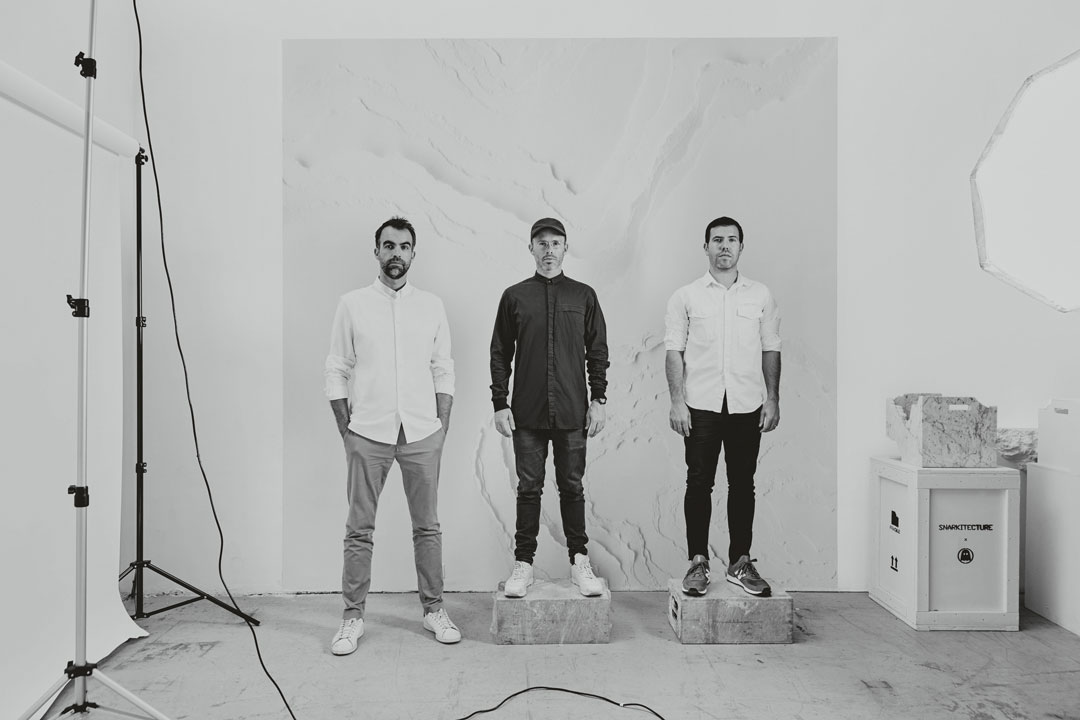
What is it with Snarkitecture and white?
Find out here, as the trio talk through their minimal look and forthcoming summer show
The New York art, architecture and design collective Snarkitecture has worked on everything from a private jet to a highbrow ball pit. Every project is executed with a remarkable degree of focus, skill and elan. Yet quite a few of the group's better-known works also share another, more obvious trait. They're minimal and white.
Why do they favour this sort of treatment? The collective's Ben Porto addresses this in a new interview with German arts site Freunde von Freunden. The colour palettte (or lack of) isn't, Porto insists, influenced by social media.
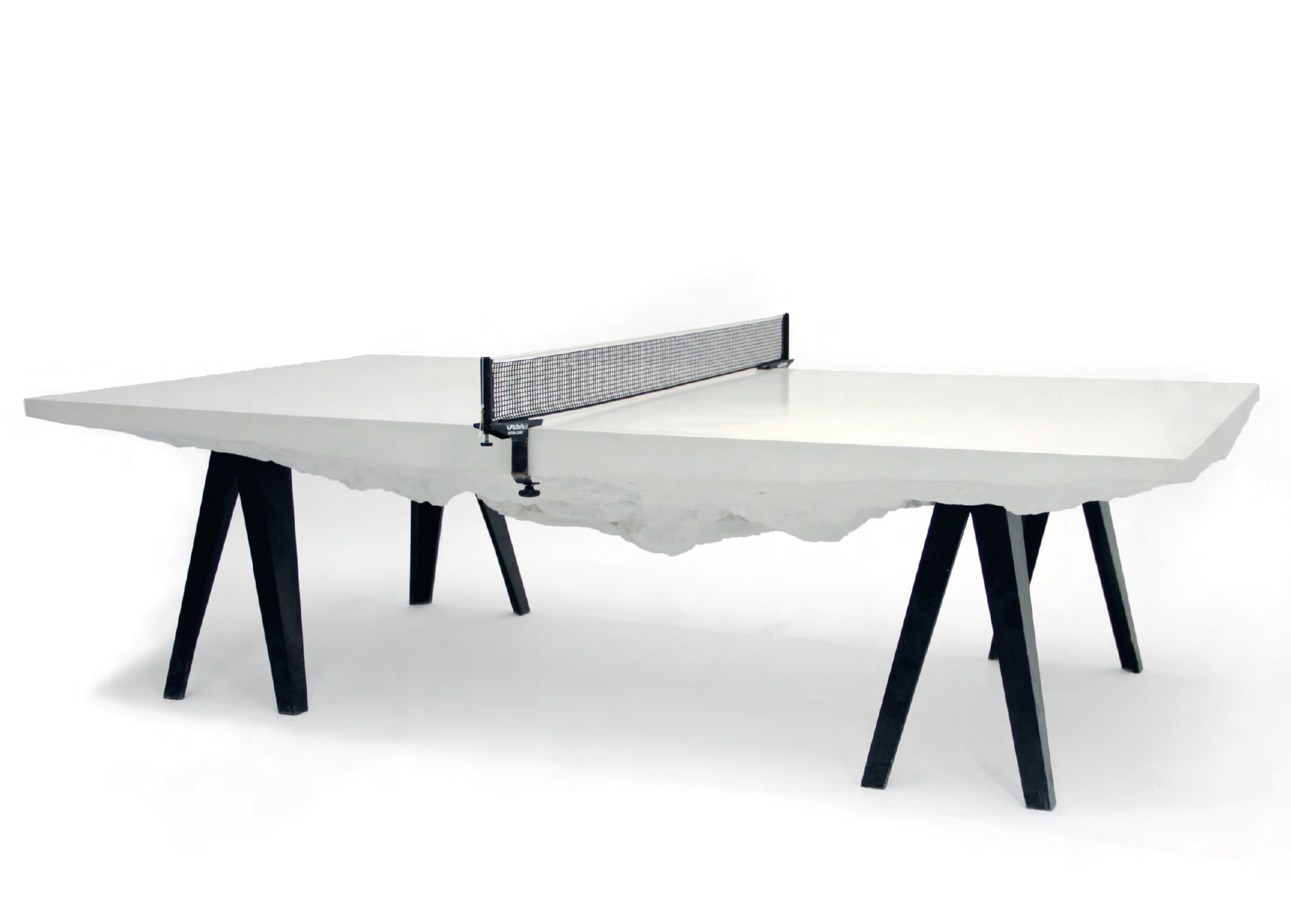
“We work in an experiential world and you sometimes get the sense almost [from new practices] that their reason for being is becoming about providing great photos for social media," he says. "But our practice started before there even was such a thing as Instagram, and actually a big part of the reason we work with such a ‘reduced’ material palette is that people then have to become more engaged. You start to look at finer details, you want to touch it. It becomes more of a tactile experience.”
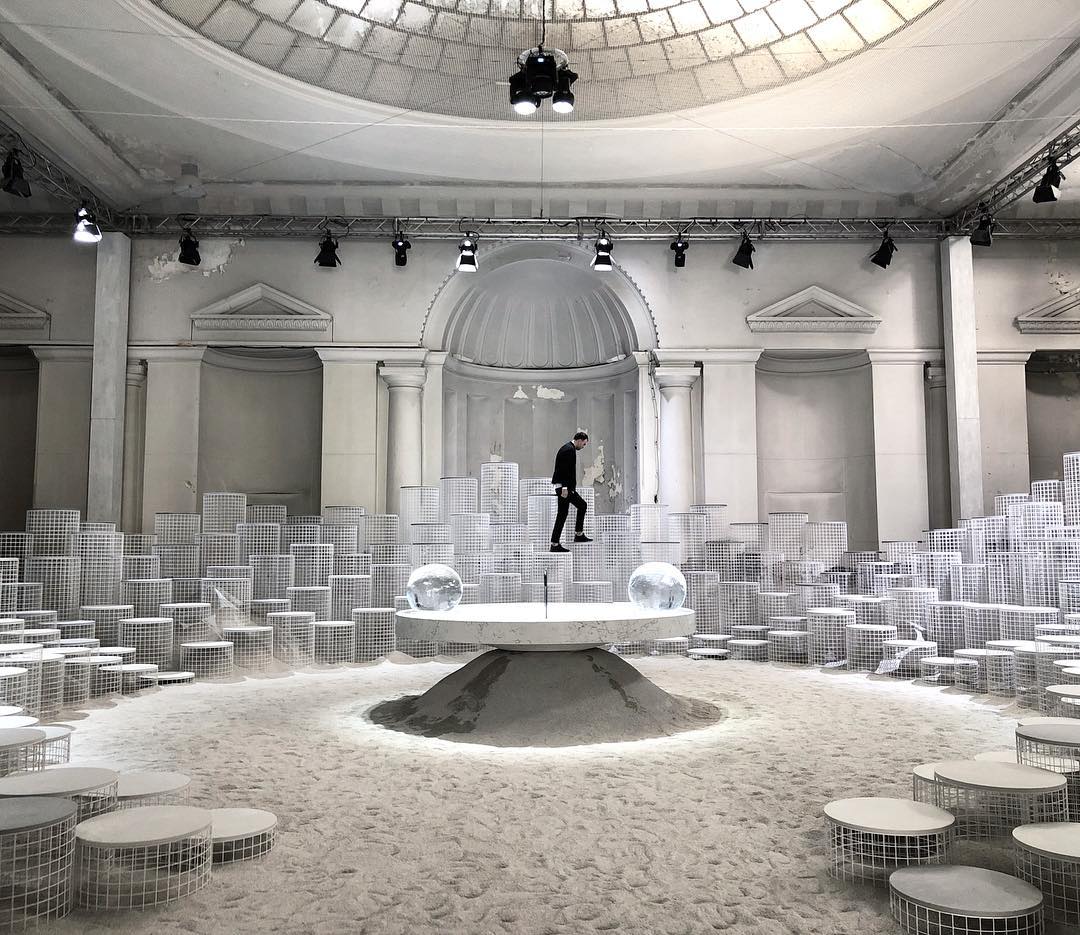
Fellow Snarkitecture partner, Alex Mustonen takes up this point. “Of course, we see people walk in and take ‘the photo’, and for them that’s enough," he says. "But I think that - maybe more so than in many other environments - the projects we work on are rewarding for those who take the time to engage in a very physical and direct way. To stay there, to linger and to have this meaningful, personal experience.”
Snarkitecture fans in the DC area will get the chance to linger and engage with a new project, when Snarkitecture unveil their 2018 summer installation at the National Building Museum.
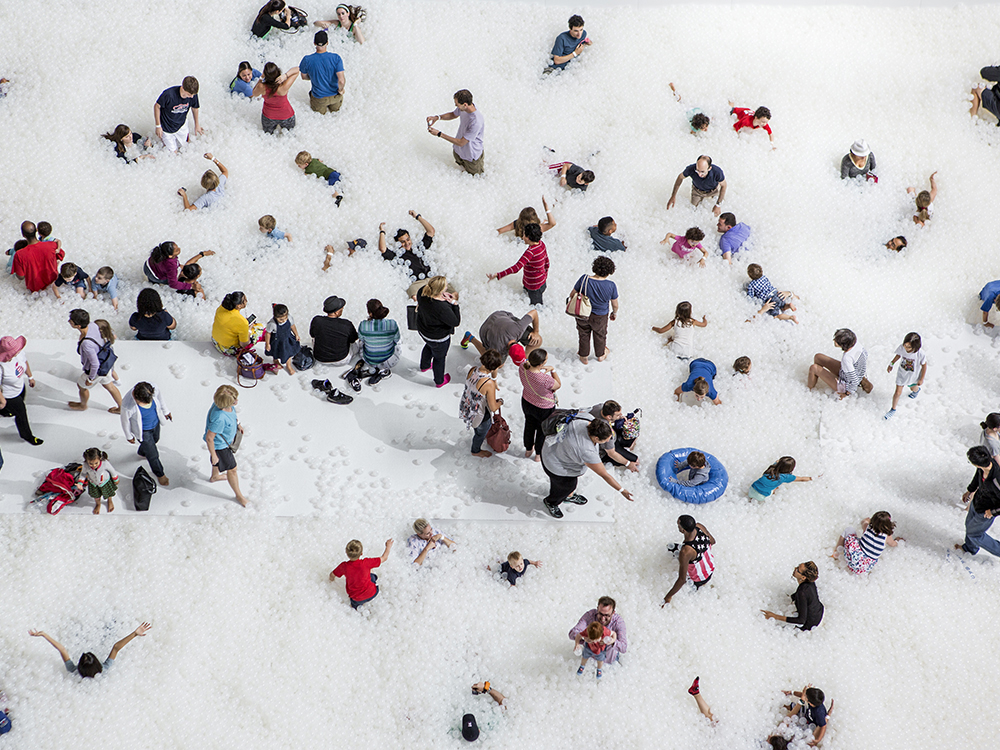
The project, entitled Fun House, follows on Snarkitecture's 2015 installation at the museum: a huge, monochrome ball pit called the Beach.
Just as the Beach wasn't really a beach, so Fun House won't look exactly like your typical carnival attraction. It will, instead, the practice tells Freunde von Freunden, consist of a house-like building, featuring past Snarkitecture projects – though the firm promise it won't simply be some dry retrospective.
“We’ve never really worked in the residential space," says Mustonen, "but I think it could be a very interesting commission for us."
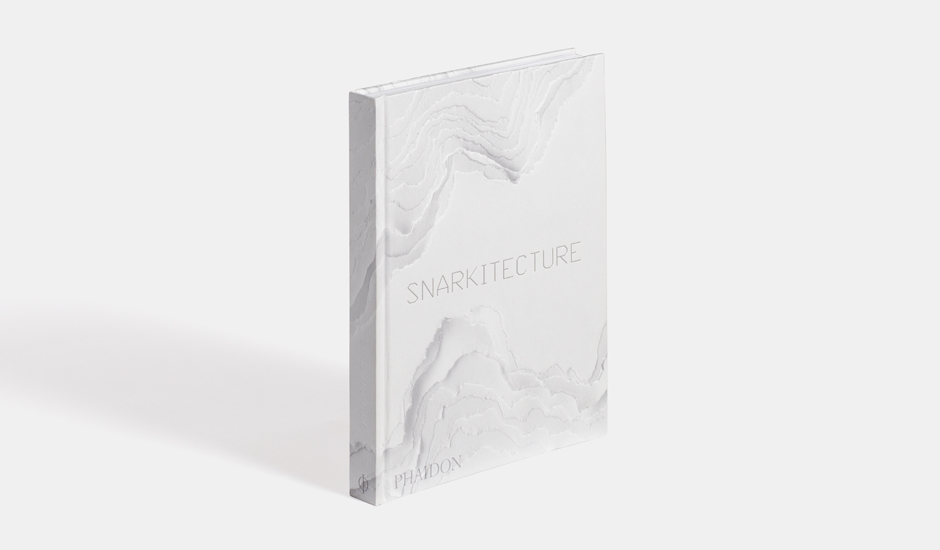
To find out more about the kind of projects that might crop up in that summer show, order a copy of our Snarkitecture book here; for more on the uses of colour in art, order a copy of Chromaphilia.